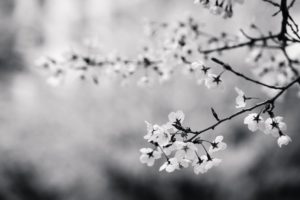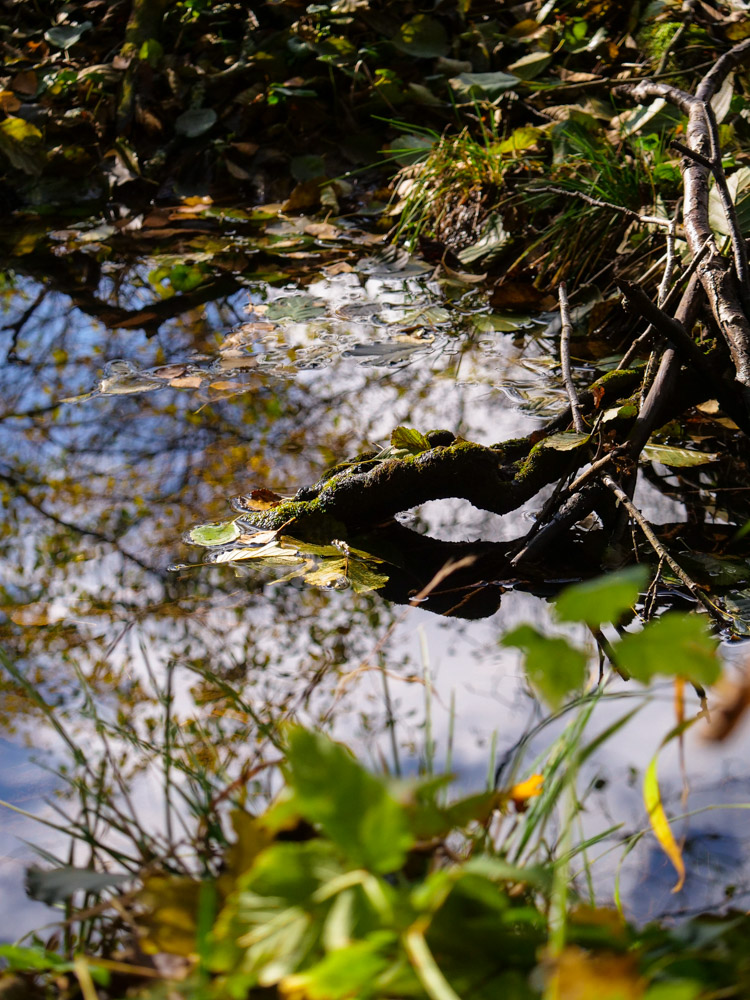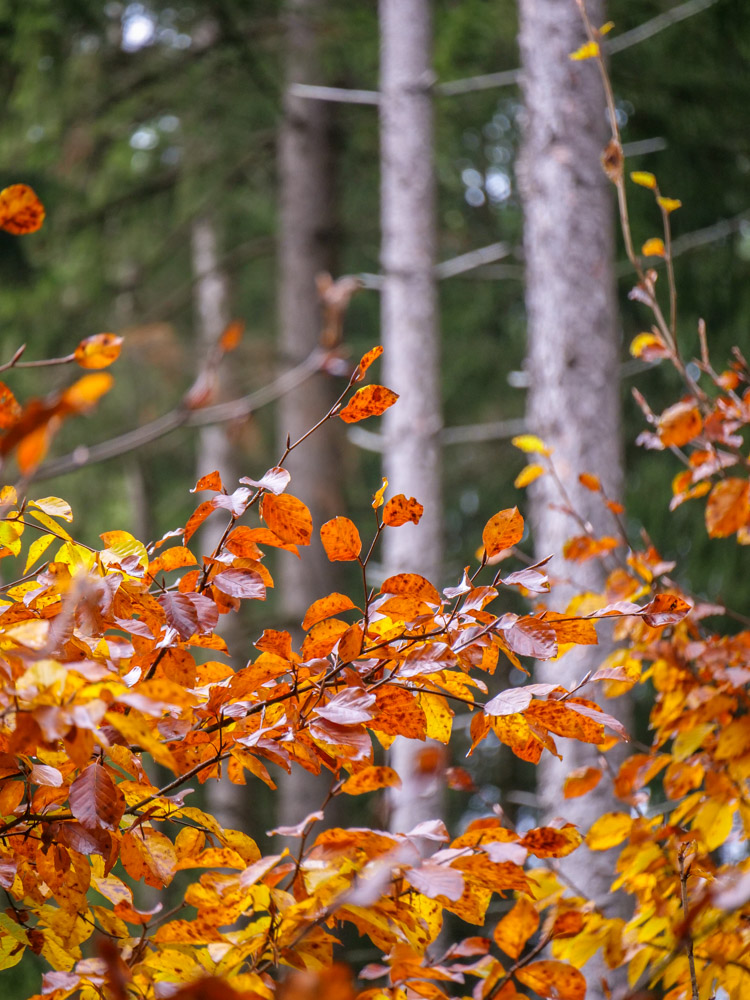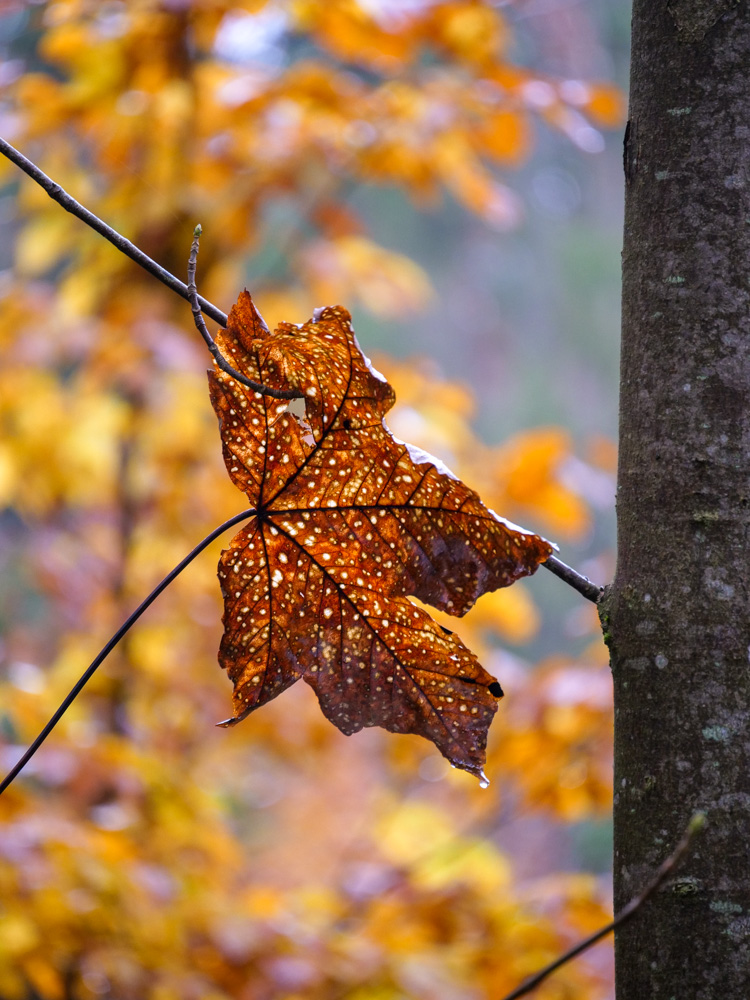In the age of digital distraction and fast paced living, connecting to nature is more important than ever.



The problem with urban living
Most of you reading this will live in a town, city or even a megacity – like London or Tokyo.
History of nature therapy


Discovering forest bathing
Shinrin-Yoku, or forest bathing, arose in Japan during the 1980s. It was originally a government initiative to combat growing levels of stress and depression.
Prescribing nature as medicine
How to start your own forest bathing practice
To gain the full benefits of forest bathing, it’s important to understand that it’s not just about walking through the woods. It’s also about being mindful and fully present in a natural environment. To start your own Forest Bathing practice, here are some guidelines, taken from Qing Li’s book:
- Find a forest or natural setting that is easy to walk along. You want to be able to wander calmly and aimlessly.
- Leave your phone, camera and other digital devices behind. You need to be fully present to get the full benefits of forest bathing.
- Walk slowly and aimlessly. Forest bathing is about the journey and not a specific destination. Just wander and enjoy the natural settings around you.
- Use all your senses. Touch the trees or remove your shoes to feel the earth beneath your feet. What colours can you see? What does the air smell like? What sounds can you hear?
Authors note: One of my happiest memories is picking wild blueberries in the Black Forest of Southern Germany. It’s a simple memory, but I have always felt more at home in nature, whether it’s walking through a forest, hiking mountains, or watching birds eat fruit from my compost bin. My preference for nature over the big city life has always mystified me until I learnt about the Japanese concept of Shinrin-Yoku or Forest Bathing.




I was very happy to find this website. I want to to thank you for ones time due to this fantastic read!! I definitely loved every part of it and i also have you book-marked to check out new stuff on your site.
Thank you so much for your lovely comment! I am glad you enjoyed reading my article 🙂
Do you have any other subjects you would like me to write about?